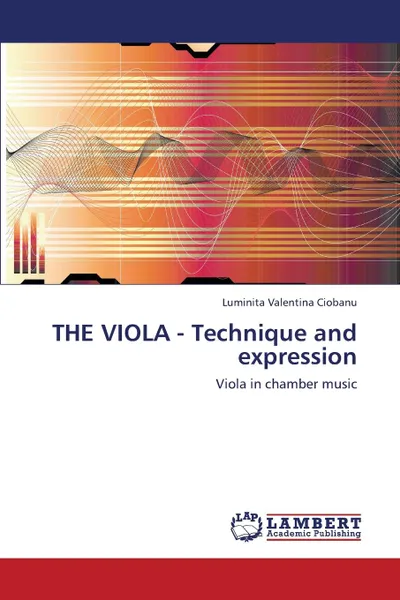The Viola - Technique and Expression 6+
Автор: Ciobanu Luminita Valentina
152 страницы
Категория: Искусство и культура
ISBN: 9783659410239
Язык: Английский
🔖 In the timbre dimension research of the sound speech, the chamber music reveals a thick potential of combinatorial opportunities initially derived from the vocal source (after the typology of the texture stratification and semantic expressiveness of the ensemble voices) and progressively amplified until the contemporary creation through some unbelievable extensions towards subtle suggestions and reflections and beyond the referential sound strictness. In the refined sound range context the composers have appealed, even since the Classicism, to some unique timbre compositions in order to accentuate on one side the instrumental identity of each voice and to exploit in the other side the semantic and non-semantic assembly capacities of the heterogeneous structures, here called atypical ensembles. Both Mozart and Beethoven reconsider the flexibility of the instrumental formula by exposing some virtually non-homogenous ensembles (The trio for clarinet, viola and piano and The septet). We can say that the timbre and the evolution of the viola in the chamber ensemble is expressed with vigour and brightness.
Мнения
